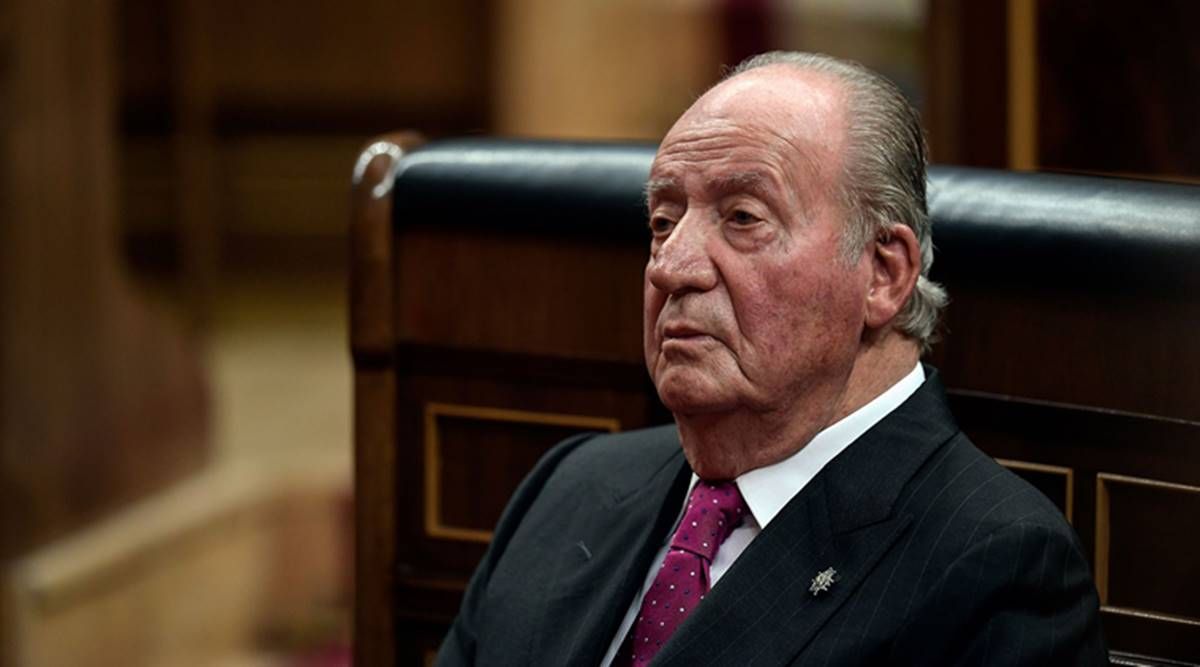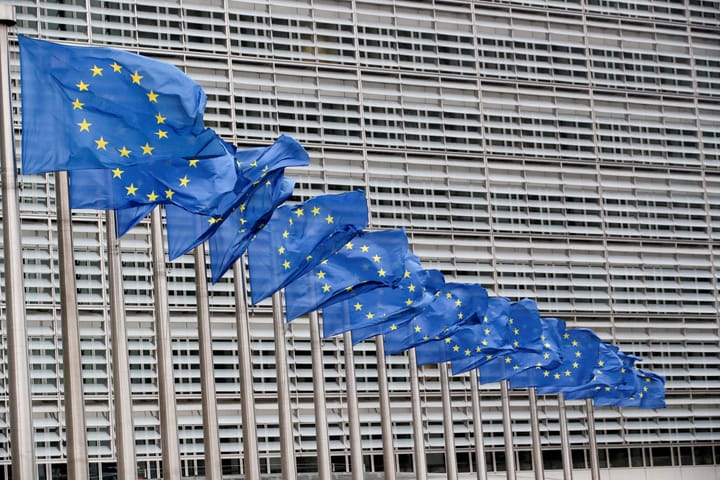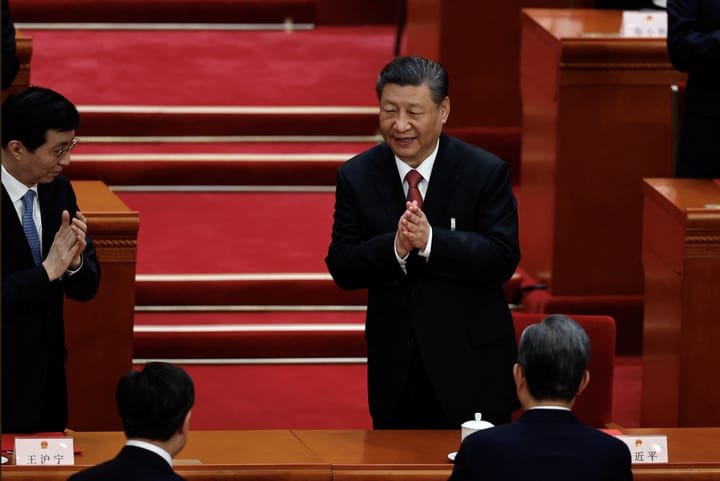The location of Juan Carlos I, former king of Spain, is unknown after he self-exiled in wake of scandal

A few minutes every morning is all you need.
Stay up to date on the world's Headlines and Human Stories. It's fun, it's factual, it's fluff-free.
Spain awoke to unexpected news on Monday morning.
Juan Carlos I, the king emeritus and father of the current king, Felipe VI, had abruptly left the country. The Spanish monarchy has been embroiled in scandal for much of the year after it was made public in March that Felipe had been named a beneficiary in a secret offshore account controlled by his father.
Reports speculated that Juan Carlos had self-exiled to the Dominican Republic, but his exact whereabouts are unknown. Up until this last decade, Juan Carlos had enjoyed considerable popularity in the country, largely for guiding the country’s transition to democracy after the 36-year rule of dictator Francisco Franco.
However, with Spain struggling economically ever since the 2008 financial crisis, Juan Carlos abdicated the throne in 2014 amid scandal and decreasing popularity.
Why did Juan Carlos go into exile?
The exile of Juan Carlos from Spain was months in the making. In March of this year, King Felipe was forced to renounce his personal inheritance when it was revealed that the king emeritus had a secret offshore account worth 65 million euros.
That account, known as the Lucum Foundation, was set up in Panama City, a tax haven, and has ties to the Swiss bank, Mirabaud. The fund, which also has a connection in Saudi Arabia, would have paid the sitting king millions of euros.
While holding this and reportedly other secret bank accounts, the king emeritus had continued to receive a yearly stipend from the county of nearly 200,000 euros following his abdication in 2014. In the wake of the scandal, Felipe ended the stipend for his father.
Nonetheless, the scandal had continued to be a distraction for the monarchy, with the nation’s supreme court investigating Juan Carlos’ connection to a multibillion euro construction deal in Saudi Arabia.
Reports in Spanish media explained that Juan Carlos and Felipe had met together and agreed on a plan for the former king to leave the country in self-exile. One report from La Vanguardia stated that Juan Carlos had temporarily relocated to the Dominican Republic, though that information was disputed by other Spanish news outlets.
On Monday, August 3, Spain’s royal house published a letter from the departed king, which explained his reasons for leaving.
“Guided by the conviction of providing the best service to the Spaniards, their institutions and you as King, I communicate to you my thoughtful decision to move, at this time, outside of Spain.”
Spain is currently facing an uncertain financial future as cases of COVID-19 are on the rise throughout some regions of the country.
Juan Carlos’ scandals and downfall
In June 2014, King Juan Carlos appeared on Spanish television to announce that he was stepping down from the throne after 39 years. He explained that his son would be taking over as king, saying the nation would be in good hands because Felipe had “the maturity, preparation, and sense of responsibility necessary to assume the title of head of state.”
Two years earlier, an accident in Botswana turned into a national scandal. Juan Carlos had been on an elephant hunt in the African country when he broke his hip. The decadent excursion was not received well by a nation that was still struggling following the 2008 global recession.
Spain was one of the worst affected countries in the entire European Union and in 2012 the recovery was still slow going.
Juan Carlos worked to redeem the monarchy’s image after the Botswana incident with increased public appearances, but more scandals came out of the hunting trip.
The 40,000 euros trip was paid for by an adviser to the Saudi royal family, a man who would later appear in the Panama Papers, which were released in 2016. Additionally, the king was alleged to be having an affair with a companion on the trip, Corinna zu Sayn-Wittgenstein.
Sayn-Wittgenstein, also known by her maiden name, Larsen, has claimed that she was followed and harassed by Spanish intelligence agencies following her affair with Juan Carlos.
Public opinion quickly soured on the monarch, even though ostentatious vacations and extramarital affairs had not previously been considered out-of-bounds for Spanish royals. However, with much of the country unemployed and economic prospects dim, there was little public appetite for an extravagant royal lifestyle.
After Juan Carlos abdicated, reports emerged revealing the king had multiple offshore accounts in tax havens and had even transferred 65 million euros to Sayn-Wittgenstein. The Lucum Foundation fund was apparently the final straw.
A constitutional monarchy
Like the United Kingdom, Spain is a constitutional monarchy with a parliament and a prime minister. Spain’s current prime minister is Pedro Sánchez, leader of the Spanish Socialist Workers’ Party (Partido Socialista Obrero Español; PSOE).
Francisco Franco, general of the Nationalist forces, took power in 1939 following the Spanish Civil War. He did not relinquish it until his death in 1975. Before dying, Franco appointed Juan Carlos to be the next head of state. Juan Carlos is a member of the House of Bourbon and a grandson of Alfonso XIII, Spain’s last king prior to the Civil War.
Juan Carlos, who was elevated to the throne days after Franco’s death, oversaw Spain’s transition back to a constitutional monarchy after decades of brutal dictatorship. The nation’s political parties helped craft the current constitution, which passed in 1978.
The modern Spanish monarchy tends to be less removed from its society than that of the British monarchy. In fact, though the residence of the monarchy is Zarzuela Palace, miles outside the city of Madrid, it isn’t uncommon for King Felipe and his wife, Letizia Rocasolano, to be seen out in public at popular dining and drinking locations within the nation’s capital.
Have a tip or story? Get in touch with our reporters at tips@themilsource.com




Comments ()